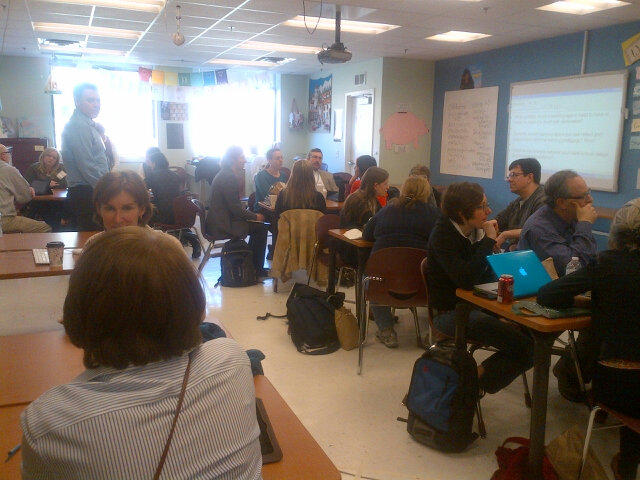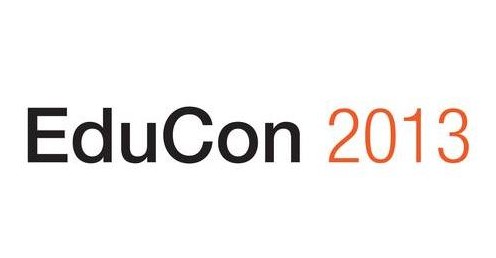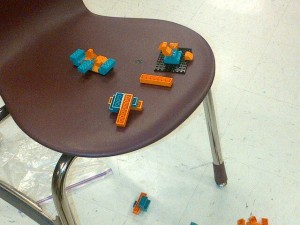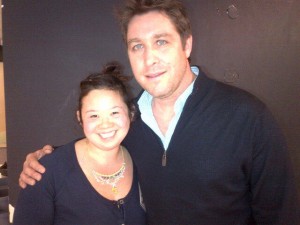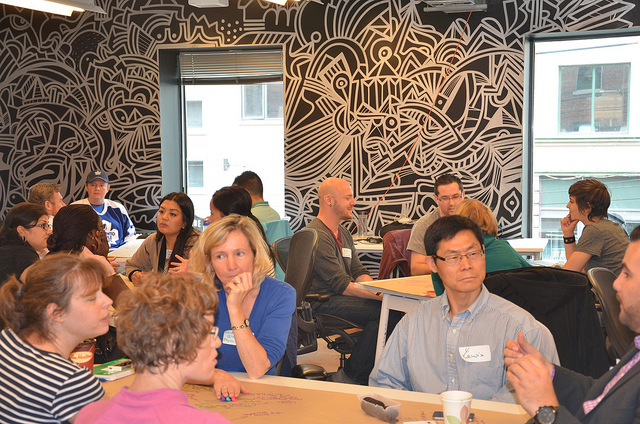Last year I met Andrew Campbell on twitter and since then we have been collaborating and discussing everything in education from how people learn to the spaces we learn in. Andrew is a grade 4/5 teacher and has been teaching for 20 years, we come from extremely different perspectives and experiences which I think fuels the ways we influence one another. In the summer, Andrew shared a story with me about going to Rome and visiting church after church after church just to soak in the beauty and awe of the buildings and he began to question why don’t we travel the world to see schools? In conjunction with my passion for breaking down school walls, we launched into a journey to find where are the beautiful learning spaces? The conversations moved from twitter to a blog of Beautiful Learning Spaces where we collect inspiration for what schools could be.
We were privileged to be able to share our project at EduCon 2.5 on January 25-27, 2013 in Philadelphia at the Science Leadership Academy.
Our session was on Sunday afternoon, right after lunch. We were a little nervous. We planned as much as we could to both speak about where we were coming from and to facilitate a conversation about beautiful learning spaces. We were so pleased with the group that turned out and got fully engaged into a conversation about space, school and learning 🙂 We created this google doc to record some of the conversation.
My biggest insight/take away from the session was how interested people were in co-working spaces and being able to choose where you work on what day depending on what you need.
Jenn
